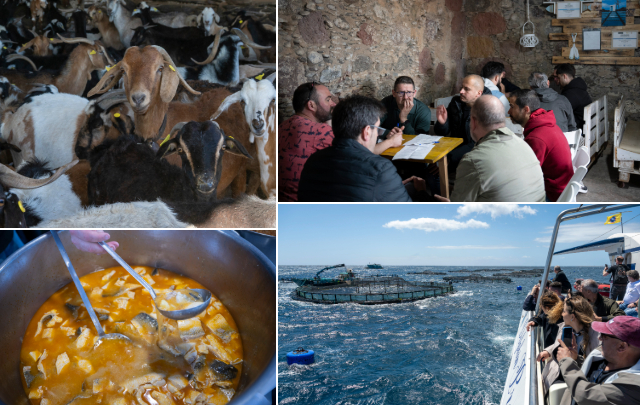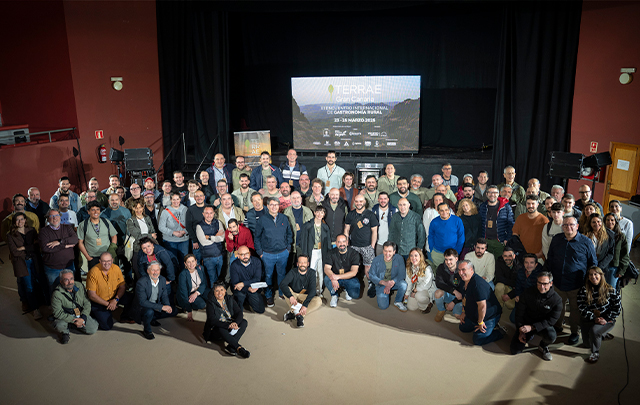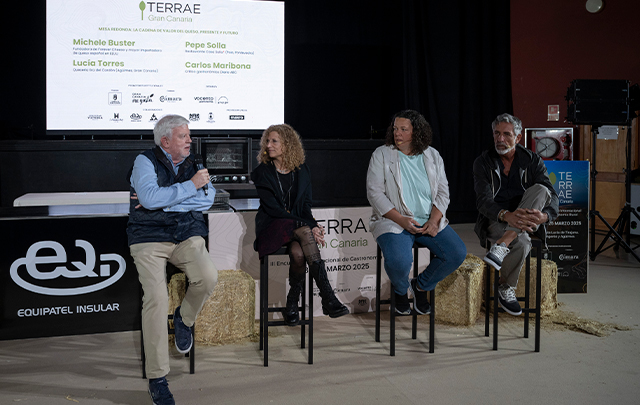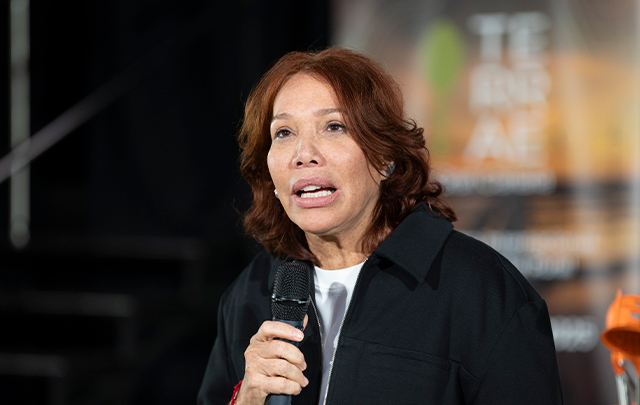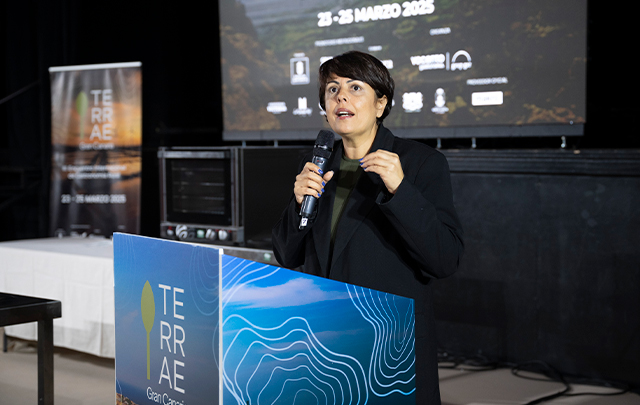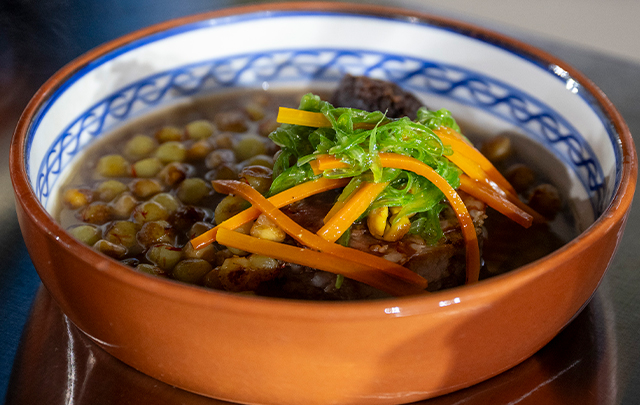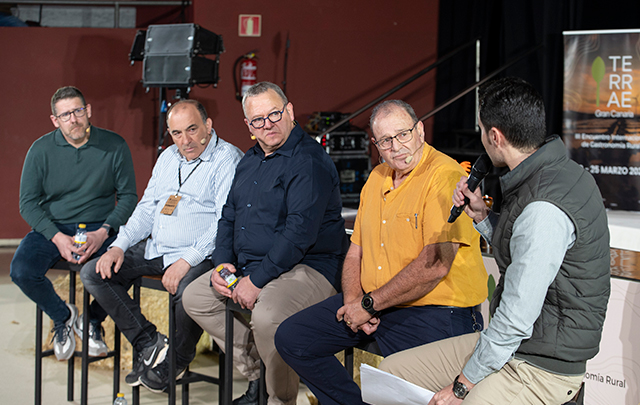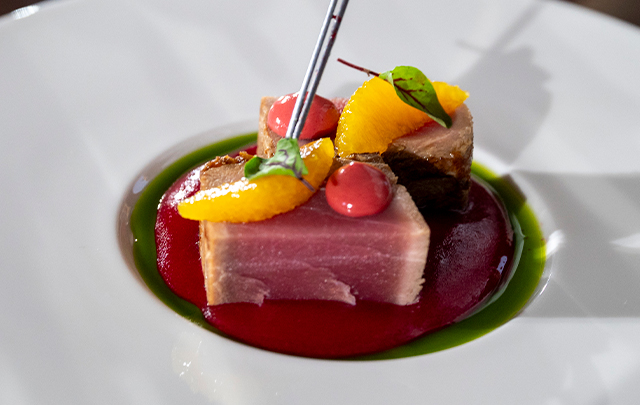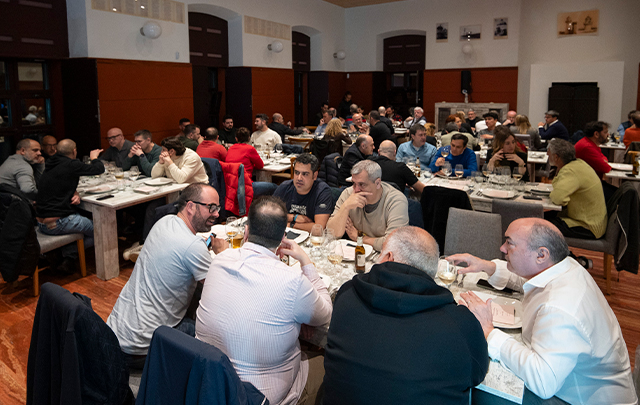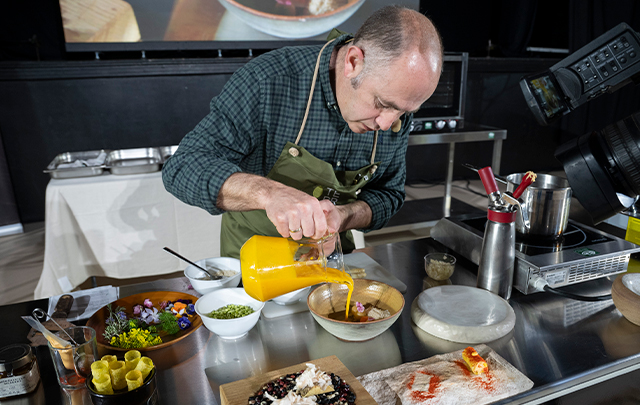News
More than 3,000 tastings at affordable prices at the popular Terrae fair in Agüimes.
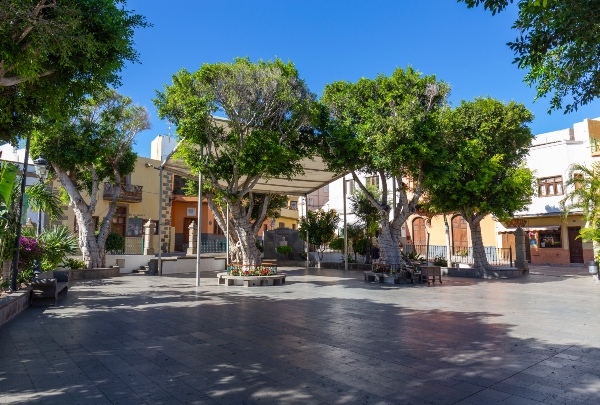
The third edition of Terrae, the international rural gastronomy event, which will be held on the island of Gran Canaria for the second year in a row from 23 to 25 March, will feature a gastronomy fair in the town of Agüimes on its opening day. Taking over the Plaza de Santiago in Gáldar, where this popular event was held last year, the Plaza del Rosario in Agüimes will be the meeting point for lovers of rural gastronomy on Sunday 23rd March, from 11.45am to 4pm, where they can enjoy tapas and small dishes from top restaurants at reasonable prices.
At the popular price of 3 euros per tapa, Terrae will offer the people of the Canary Islands more than 3,000 tastings from local chefs, others from different regions of Spain and even from neighbouring Portugal. This Terrae event, which is open to the general public, aims to introduce local visitors to traditional specialities from different regions of the peninsula. Catalonia will be represented at the gastronomic fair by two chefs from the province of Tarragona, who will be presenting rice dishes with fish and seafood. They are Vicent Guimerà, chef of the Michelin-starred restaurant L'Antic Molí (Ulldecona), which also has a Green Star, and Joan Capilla, the soul of L'Algadir del Delta (Poble Nou del Delta), a restaurant that also has a Green Star for its sustainable practices in the fragile environment of the Ebro Delta. The two will join forces in Agüimes to present a seafood rice dish with mantis shrimp and prawns.
From inland, and more substantial, comes the option chosen by the gastronomic representatives of Castile and Leon: tripe with chickpeas. Jesús Colorado, from El Mesón de Gonzalo (Salamanca), and Óscar García, from Baluarte* (Soria), have chosen to pay tribute to a typical Castilian product, the chickpea, which on this occasion will be accompanied by the traditional tripe. The Cantabrian chefs who have been invited to take part in the popular Terrae day will also be bringing typical pulses from their region to Agüimes. Nacho Solana and David Pérez, who run the family restaurants Solana* (Ampuero) and Ronquillo (Ramales de la Victoria), will be preparing chickpeas with chorizo. This red bean, also known as carga montañés, is a legume with a high protein content and is very popular in Cantabria, where it is used in several traditional dishes.
Also from the Iberian Peninsula, but from Portugal, are the chefs António Queiroz and Lídia Brás. Both are exponents of the more rural side of Portuguese gastronomy, Queiroz, from his Taberna Lura (Baiao), who is governed by the rule of product, culture and tradition, making the most of his privileged location on the slopes of the mountains and on the banks of the Duero, and Lídia Brás, chef at the Stramuntana (Vila Nova de Gaia), who reproduces in her cuisine the uses and customs of the Portuguese region of Trás-os-Montes through ancestral recipes that she herself has recovered. The tapa with which she intends to conquer the Canary Islands combines the best of both, with a wild boar and maize stew.
This popular fair will also feature the Canary Islands' gastronomic identity, with a variety of offers based on the creativity of the island's chefs and artisan products. The tapas with the Gran Canaria seal will be provided by Manolo González of La Tunera restaurant (Telde), who will be presenting his sancocho doughnut with sweet and sour red mojo sauce; Kilian Nordelo, from the Catedral Bistró (Arucas), who will offer his special take on a traditional Canarian recipe such as escaldón (a gofio stew); and chef Nisamar González (Magec Café y Burger Bar, Agüimes), who has chosen snails with fennel for the occasion. In addition, the Asociación de Cheesemakers de Gran Canaria (ASOQUEGRAN) will be offering tastings of different cheeses, which can be accompanied by local wines from the Vinófilos winery.
This popular event, where you can enjoy live music as well as good food, is the first of three days in which Gran Canaria will become the world epicentre of the rural movement, with an event that not only celebrates the rural environment and the role that gastronomy plays as a driving force in the revitalisation of these areas, but also represents an opportunity to create a community in defence of this rural environment. More than 50 chefs will come together with local producers and experts to share their concerns and challenges. Covering the whole country, with rural chefs from all 17 Spanish Autonomous Communities, Terrae will offer a map of the current situation in rural areas, including the experiences of neighbouring countries with the presence of chefs from rural Portugal and Italy. In total, Terrae will bring together 37 red stars and almost twenty green stars from the Michelin Guide in Gran Canaria. In addition, in its third edition, Terrae will pay tribute to the Colombian chef Leonor Espinosa (LEO, Bogotá), the most famous chef in Latin America and an example of the link with producers and territories.


